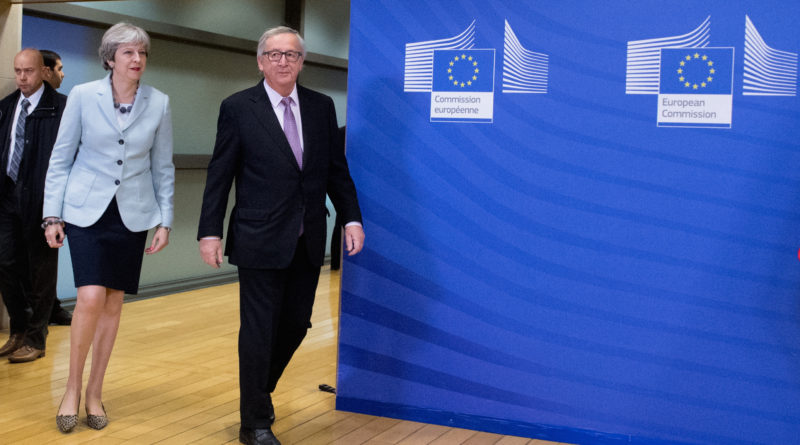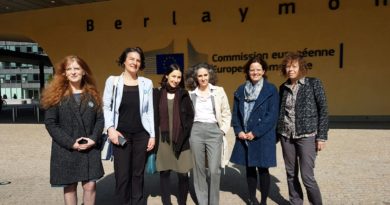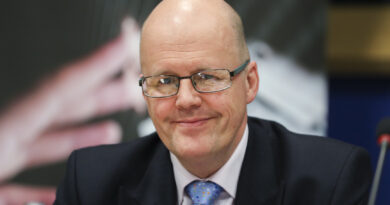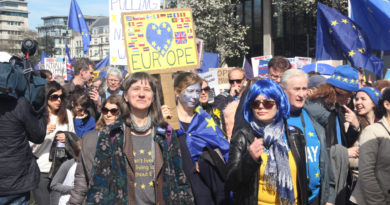5 things to know about the Brexit agreement
The EU Commission and the UK on 8 December reached an agreement in principle on the terms of the UK exit from the European Union. The agreement was endorsed by leaders of EU countries at the European Council of 15 December. Is this now a done deal and what happens next? Here are 5 things to know.
1. What was agreed?
The UK and the EU have agreed the general terms for the UK separation from the EU. Based on the EU’s approach, the priority areas that needed to be covered in the ‘withdrawal agreement’ were the rights of EU nationals living in the UK and of Britons living in the rest of the EU, the preservation of the peace agreement in Northern Ireland, and the settlement of the accounts. The deal is relatively detailed on citizens’ rights, although there are still many issues to discuss. For the financial settlement, a methodology has been found considering commitments made by the UK to the current EU budget, arrangements for the European Investment Bank, the European Central Bank, the European Union trust funds, the Facility for Refugees in Turkey, the EU agencies and the European Development Fund. Besides general principles, the deal is still vague on how to avoid a hard border in Northern Ireland.
2. What is “sufficient progress”?
An agreement in principle on these three items was the pre-condition set by the EU to move to phase two of Brexit talks, the negotiation of a trade deal. The separation of the two phases was explained by the different legal basis applicable to the agreements: the first, on the exit, concerns an EU member state; the second, on trade, will be with a third country – the UK status in relation to the EU after Brexit. Brussels sources say that the three items have been bundled together because separately they wouldn’t have reached the majority required for a Council decision on an agreement with the UK.
3. Is this the final Brexit agreement?
No. The documents published by the European Commission are progress reports on the the negotiations that allowed the European Council to decide that there has been “sufficient progress” to move to phase two. The withdrawal agreement will be drafted on the basis of these reports. The target date for the completion of the document is autumn 2018. This will allow the European parliament to give its consent to the conclusion of the deal by the EU Council, and the approval by the United Kingdom before the Brexit date of 29 March 2019.
4. Does the current deal cover all existing rights for EU nationals in the UK and British residents in the EU?
No. The most important issues where there isn’t consensus include free movement rights across the EU27 for British people living in EU countries, the possibility to bring spouses and partners in the UK in the future for EU nationals in the UK and the supervision of the agreement by the European Court of Justice. See this other article for more details. These matters will be discussed again in phase two of Brexit talks. The risk is that they will be diluted with items related to trade.
5. What happens next?
The European parliament voted a position on current progress on December 13th. Although this resolution is not binding, MEPs will have to approve the deal at the end of the process. Guy Verhoefstadt, chair of the Brexit steering group at the EU parliament, said that before giving any green light to the withdrawal agreement, there needs to be more guarantees on citizens’ rights and on the Irish border.
#Brexit #citizensrights 1)All rights & benefits covered 2) No more”settled status”3)Direct effect in UK law 4)ECJ binding. But withdrawal agreement for EP only if 1)Also for future partners covered 2)One cost-free declaration per family 3)Free movement of UKresidents in whole EU
— Guy Verhofstadt (@guyverhofstadt) December 8, 2017
On December 15th, the European Council decided that there has been “sufficient progress” and adopted guidelines for EU negotiators on what happens next.
The first priorities will be the negotiation of a transitional period and the identification of an “overall understanding of the framework for the future relation”. The Council made clear that a fully-fledged trade agreement can only be concluded once the United Kingdom has become a third country. The trade deal will be the most difficult part of Brexit, as different interests at national and sectoral level will come in play.
“This is not the end, but it is the end of the beginning,” said Irish Prime Minister Leo Varadkar.
We have achieved all we set out to achieve in Phase 1. This is not the end but it is the end of the beginning. The Good Friday Agreement is fully protected & the Common Travel Area will continue. The UK is committed to avoiding a hard border. #Brexit pic.twitter.com/kMxIMgBuAn
— Leo Varadkar (@campaignforleo) December 8, 2017
Claudia Delpero © all rights reserved.
Published on December 10th 2017 and revised on December 17th following the European Council meeting. Photo by Etienne Ansotte: EU Commission president Jean-Claude Juncker with British Prime Minister Theresa May about to announce the deal in Brussels on 8 December 2017. © European Union, 2017 .




